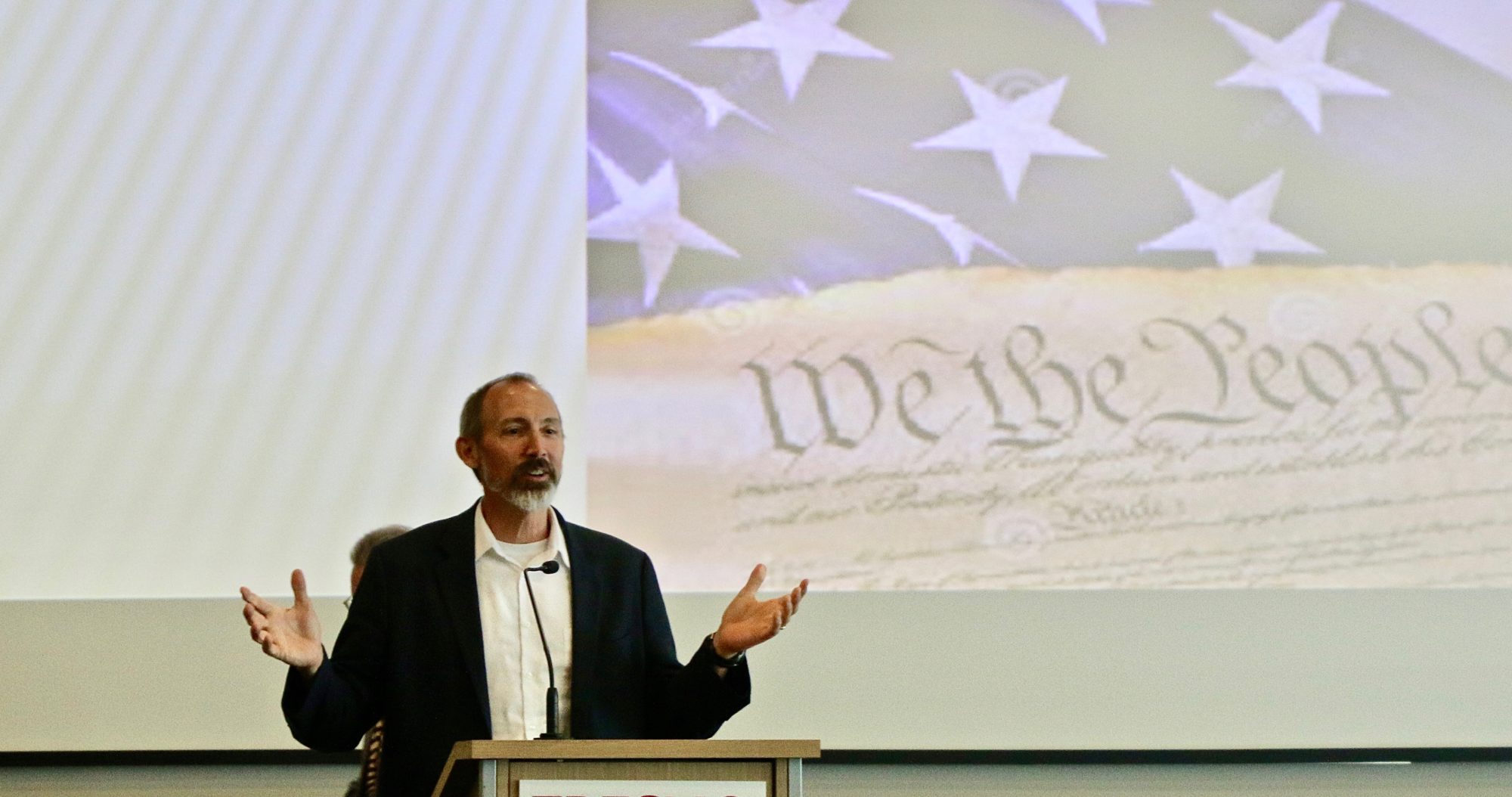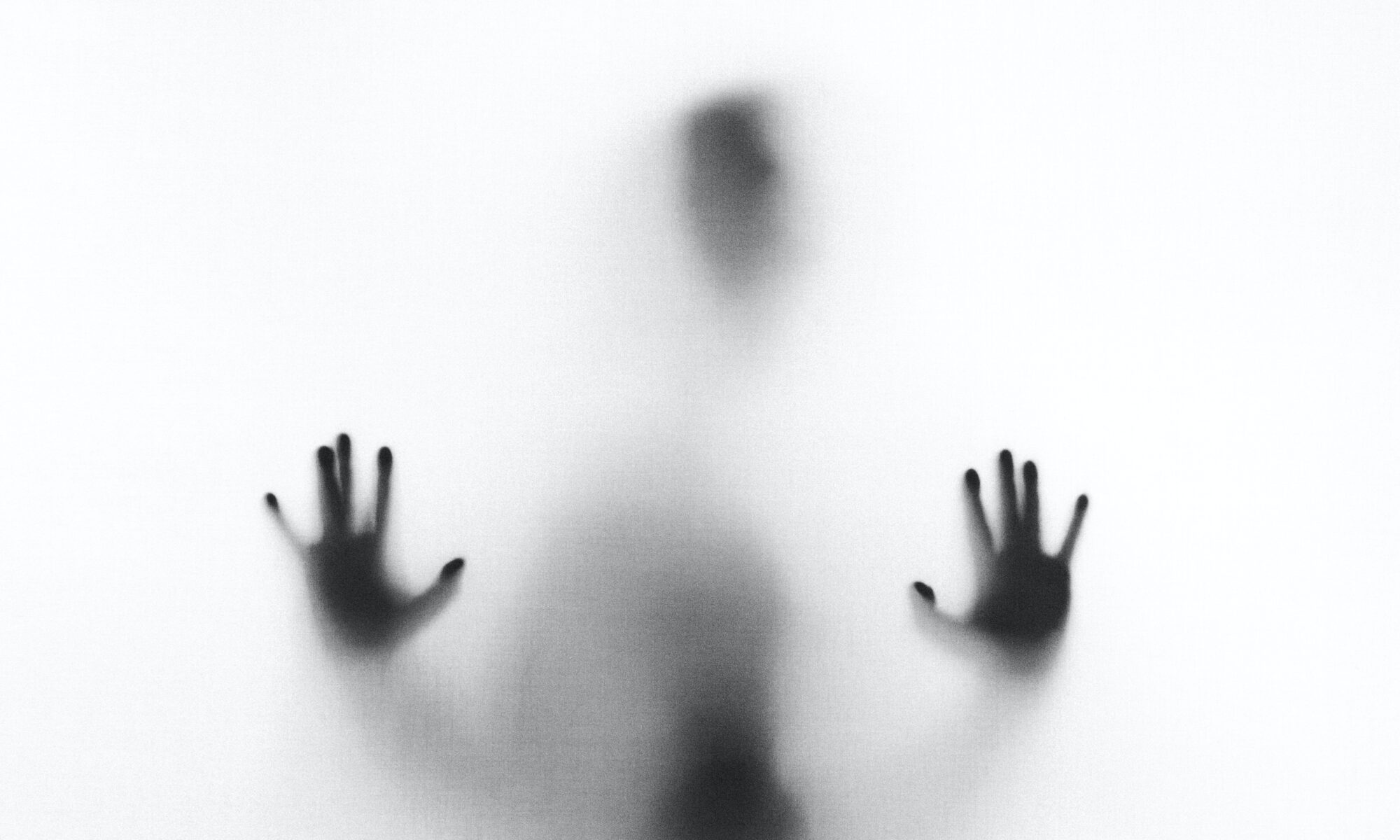Reading Time: 5 minutes
Why do Republicans stick with Donald Trump?
The rational thing would be for Republicans to find another champion of their ideas who is not tainted by overwhelming character flaws and indictments. Perhaps the Party leaders are making a rational calculation about the need to appease the Trumpian base. But that calculus is inextricably linked to the strange devotion of the Trump lovers. And Trump love, like other political love affairs, is a danger to democracy.
Love is a dangerous political emotion. Love is not subject to rational calculation. Rather, it is about identity, devotion, and faith. There were Obama lovers, and Clinton lovers. But today it is Trump love that is the problem. Trump love exposes a quasi-religious aspect of political life, related to hero worship and idolatry. Human beings love heroes who personify our values. This often involves wishful thinking, as we project our desires onto our beloved. This process of projection can become a kind of idolatry, as the beloved hero becomes a symbol of identity, value, hope, and dreams. And it does not matter whether the hero actually loves us or embodies our values. Rather, we see what we want to see, reflected in our image of the beloved idol.
This is a dangerous process in democracies, as it runs counter the idea that voters should be focused on policies and ideas. It also makes compromise, negotiation, and rational deliberation difficult. When people base their political allegiances on love and identity, electoral loses are harder to stomach, and the opposition looks like an enemy.
Stronger than lover’s love is lover’s hate
Idolatry is a common occurrence in religion, and in politics. Sometimes this is a benign kind of hero worship. But the Western religious tradition is full of warnings against worshiping false gods. The tendency toward the love of idols is related to a theory of religion that is associated with Ludwig Feuerbach. Feuerbach suggested that we see in God our own image, a projection of our love for ourselves.
And therein lies the danger: self-love is a powerful and destructive force. Idol worship is often emotional and irrational. This can become dogmatic, as true believers go to great lengths to prop up their cherished idols. We all do this from time to time. Abused wives stick with their abusive husbands. Faithful fans worship celebrities, even when those pop icons prove to be jerks.
We get defensive about those we love. When others attack our idols exposing their flaws, we may turn against the truth-tellers and call it fake news. Idolatry becomes dangerous when those who attack our idols are viewed as enemies of everything we hold dear.
The danger of love is well-known in Greek tragedy. Euripides’ Medea comes to mind, which is a play about love, jealousy, and violent revenge. At one point the chorus says, “Stronger than lover’s love is lover’s hate.” And Medea’s revenge is gruesome, for as she explains, “hate is a bottomless cup.”
Sycophancy as prelude to idolatry
The Trump story is also about calculating sycophancy. One of the interesting characters in this drama is Senator Lindsey Graham, whose role in the drama is that of a sycophant. Back in 2015, Senator Graham called Trump “a race-baiting, xenophobic, religious bigot.” But Graham later became one of Trump’s faithful sycophants. And even though Graham suggested he was done with Trump after the January 6 assault on the Capitol, Graham has more recently sucked back up to Trump.
As Trump was indicted in New York last week, Graham said in a TV interview: “This is going to destroy America. We’re going to fight back at the ballot box. We’re not going to give in.” Senator Graham moves from the man to the collective here, saying “we” are going to fight and refuse to give in. And here he appeals to the Trump lovers who seem to think that Trump is the party and that attacks on Trump are attacks on them.
Senator Graham’s sycophancy is clever and strategic. He sucks up and ingratiates himself, hoping to obtain a little power and glory for himself. But Graham’s flip-flops on Trump show some part of him knows better. As I explained in much more detail in my book, Tyranny from Plato to Trump, sycophants are blameworthy because they know they are selling out.
Sycophancy is a common human failure. There are brown-nosers in the Democratic party, in our businesses, and in our families. Power is alluring. And it is easy to be seduced into holding your nose, and sucking up.
The ‘indisputable champion’ of the true believers
But the suck-up is not a true lover. Sycophancy remains a step away from idolatry. Senator Graham does not appear to be one of the true Trump lovers. But there are those who are.
Consider The Young Republican Club of New York, who offered a statement following Trump’s indictment that made the love of Trump very clear. They said, “President Trump embodies the American people—our psyche from id to super-ego—as does no other figure; his soul is totally bonded with our core values and emotions, and he is our total and indisputable champion.”
Referring to Trump’s indictment these Young Republicans said “Let anyone who celebrates this downfall of our republic be forever branded a traitor to our nation. No one who mocks the people’s will can claim the title of an American.” And: “President Trump assured us that he was our retribution. Now we must return the rejoinder: our victory will be the joint vindication that our great President Donald J. Trump and our American people both deserve. This is Total War.”
This is not the sycophantic flattery of those who need to hold their noses. Rather, the Trump lovers think the smell of their champion is pure and true. They blame the taint on the enemies of their beloved. This can quickly become dangerous: as a “total war” against the “traitors to our nation.” Love transforms the idol who is worshipped into a focal point of identity, who must be defended against all enemies. And with Medea in mind, one wonders about the ferocity of the lover’s desire for retribution.
Democracy without enemies
Greek tragedies usually end badly. But there are lessons to be learned. The key is enlightenment, including wisdom about love and its misbegotten role in political life. Democratic deliberation should be about policies and ideas. It should include compromise and negotiation. But love makes this difficult, if not impossible.
Mistaken love can sometimes be cured by turning on the light. As the facts emerge, rational beings can be persuaded by the truth. But love, faith, and idolatry are often recalcitrant. When dogmatists are pushed, they harden the armor of their belief, constructing ad hoc hypotheses to prop up their idol. One of these props is the claim that those who attack their beloved are evil enemies.
There may be no way to persuade the most dogmatic of the Trump lovers that Trump love is a danger to democracy. But one strategy is to re-affirm the idea that democratic deliberation is not a battle of idols, who require love and devotion. We should also assure the true believers that an attack on their idol is not an attack on them. The Trump lovers are not evil enemies. They are fellow human beings, struggling to make sense of a world that includes love, hate, and delusion.


